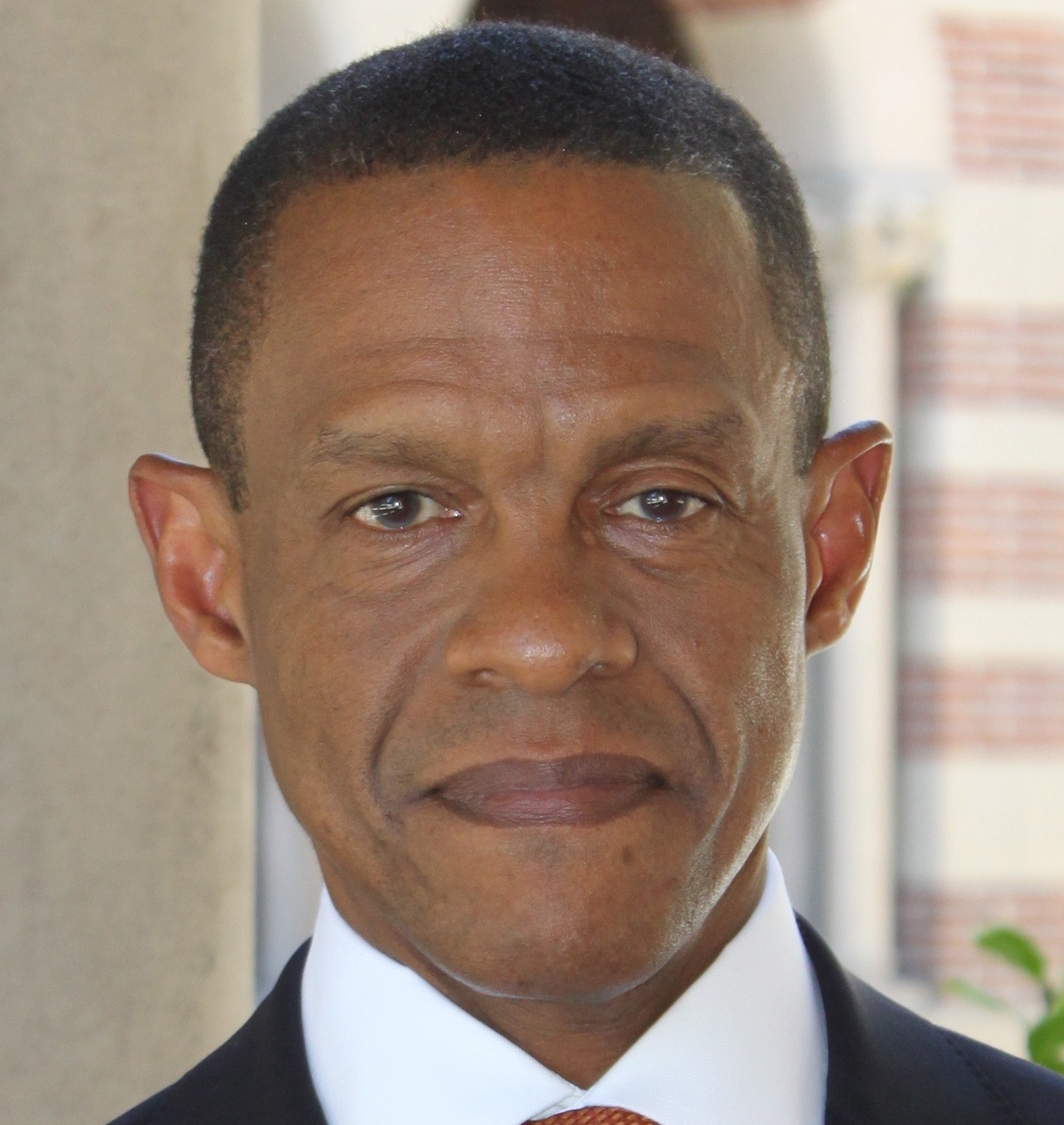The inevitable happened on Friday—fighting erupted outside of a Donald Trump rally in Chicago. Hundreds of Trump protestors and supporters scuffled, and the rally was cancelled. This was only a small example of things to come. The 2016 presidential race is enhancing the conditions that lead to violent extremism, and based on the primary votes thus far, it’s only going to get worse.
On its own, a political contest does not generate violent extremism. Yet, the factors that create the potential for homegrown terrorism are reaching a level we have not previously seen in this country.
There are three elements that facilitate violent extremism: a sense of alienation; a legitimizing ideology; and an enabling environment. At the nexus of these factors is a flashpoint for extremist violence.
The nation is deeply divided along economic, social, cultural, political, religious and other lines. Mistrust between Muslims and non-Muslims; conflict between law enforcement and African American communities; fear and anger over how to address the 11 million undocumented people living in the country; deep tension between a progressive and conservative vision for the United States—these and other evident trends are contributing to a sense of alienation in communities across the country.
Meanwhile, there are a growing number of extremist groups oriented around each point of conflict. Racial, religious and issue-driven ideologies have long been a part of the American landscape, and the ideas that motivate these groups are bedfellows with a sense of alienation.
The reason the 2016 presidential contest is enhancing the potential for violence is because it comes at a time when we are divided and awash in extremist ideologies. Based on its participants, the presidential race is creating the enabling environment that completes the perfect storm of violent extremism.
Violence is Already Occurring
Consider recent examples of homegrown violent extremism that have captured only fleeting public attention:
- On February 11, a man who had previously been investigated by the FBI for making radical statements entered an Israeli-owned Ohio restaurant and attacked four people with a machete.
- On February 14, anti-government extremist Jonathan Leo Schrader of Elkins, West Virginia, was booked for plotting to detonate C-4 explosives at the Mountain State Forest Festival and Jennings Randolph Federal Center.
- On February 26, Zena Stephens, who is running for sheriff in Jefferson County, Texas, was standing outside her campaign headquarters when a man pulled up in a Jeep, shouted “f*** the n*****s,” and opened fire.
- On February 27, at a Ku Klux Klan rally in Orange County, California, three people were stabbed as counter-protestors clashed with KKK members.
In 2015, there was a 14% rise in the number of hate groups in the United States, a commensurate increase for anti-government groups, and an increase in anti-immigrant, anti-Muslim, and Black separatist organizations, according to a report from the Southern Poverty Law Center. This comes in addition to the FBI’s investigations into Muslim extremism plots in all 50 states.
These are troubling, growing trends. And then in walks Donald J. Trump.
Rhetoric Fueling the Fire
We have heard much talk, notably from Mr. Trump, about rejecting “political correctness.” That phrase has often been cover for divisive, sometimes bigoted remarks. Unchecked, this affinity for political incorrectness is making it acceptable to say (and potentially do) a range of hateful things that in any other context would be widely rejected as unacceptable. The list of Mr. Trump’s disturbing comments is long, including his early campaign remark about Hispanics being rapists and murderers, his dance with the KKK through muddled messages of rejection, and the often repeated jokes about being able to murder someone without losing voters.
These are bad enough, but the larger problem is that what’s said from the stump doesn’t stop with the New York billionaire. His rhetoric infects others, whipping up a frenzy of even more inflammatory talk. It is precisely this kind of language that heaps gasoline on the fires of intolerance, which is at the core of extremism. As public figures rage, it in turn feeds a dangerous vitriol that creates an enabling environment where an alienated individual embracing an extremist ideology is more prone to cross the line into violence.
Case in point: On March 1, at a Trump rally in Louisville, Kentucky, members of a white supremacist group, the Traditionalist Worker Party, reportedly assaulted several African American protestors, shoving them and using racial slurs, as well as chanting, “You’re scum, your time will come.”
Unequivocally, many of Mr. Trump’s statements should be condemned, and we need to understand that political rhetoric has very real implications. It’s not just talk; it has the potential to result in tragedy. It sets up animosity and primes people for conflict. And it is from that context that homegrown violent extremists emerge.
Those who seek to lead the country should begin by leading the nation away from this very dangerous environment. Mr. Trump must exercise greater responsibility for the discord he is engendering, or else he will be complicit in the violence that is sure to result from it.


